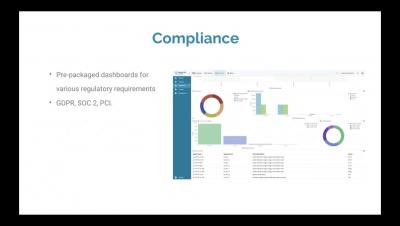Introducing "HTTP Method Selection"
Uptime Robot sends HEAD requests for HTTP monitors and GET request for keyword monitors by default (and, this is a good default setting for most monitors). So, here comes the HTTP method selection which enables us to choose the method, send the parameters to be sent (if needed) and also decide if the data will be sent as JSON or not.











